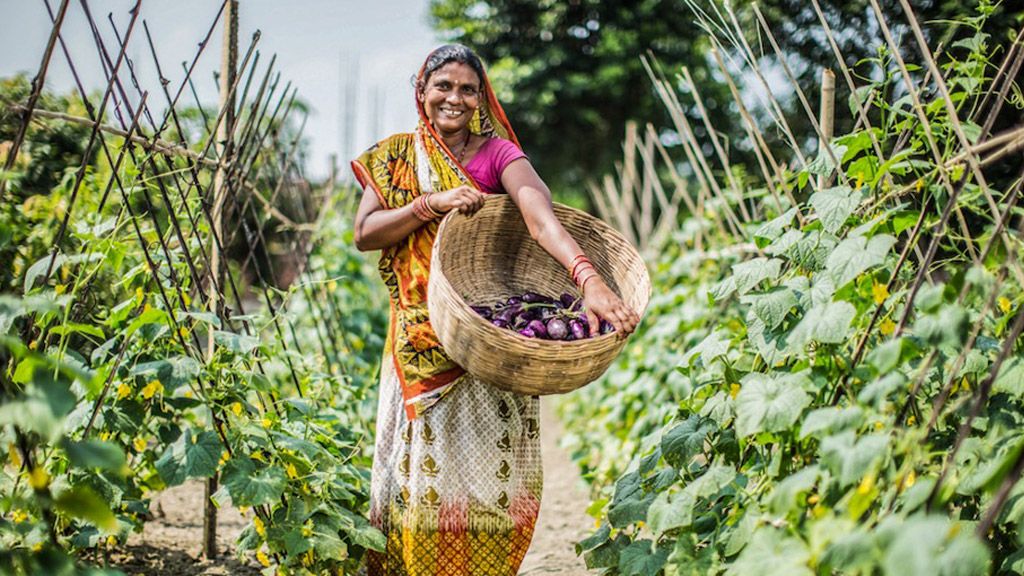Terai, Nepal – Nepal has long suffered periods of torrential rains and heavy flooding, and the losses of lives and resources these entail. The country’s leaders are now finding ways to ensure that today’s extreme weather events do not equate to extremely adverse impacts.
Mitigating flood risks with infrastructure and systems
The Terai region is a flat riverplain south of Nepal, running parallel to the Himalayas, where half of the country’s population lives. It is known as the granary of Nepal. Agriculture from this region accounts for a significant portion of the national food supply and economy. Majority of its population subsist on their farms’ productivity.
The same farms that are frequently affected by flooding.
Flooding has concentrated mainly in six river basins—West Rapti, Mawa-Ratuwa, Lakhandehi, Mohana-Khuriya, East Rapti, and Bakraha. In the more than 2 decades that have passed, these river basin areas have suffered through more than 200 floods. Over 143,000 people were affected, with 273 reported deaths, and just under 4,300 households were ruined. The flood risk is expected to increase as more people migrate to the Terai region in search of farming livelihoods.
The Government of Nepal is keen to protect its vulnerable people and their livelihoods, and achieve inclusive economic growth. They requested the Asian Development Bank (ADB) to support the development of the Priority River Basins Flood Risk Management Project, which intends to equip the Terai region with flood control infrastructures – such as embankments, spurs, and outlet structures – and flood forecasting and response systems through the installation of rain gauges and hydrometeorological stations. About 48 flood shelters will also be constructed via this project, integrating gender-responsive features.
The project was approved for implementation in September 2020.
“It is important to curb flooding effects and damage in the Terai region as it is Nepal’s largest producer of agriculture produce and accounts for more than half of the country’s cultivable land,” said ADB Water Resources Specialist for South Asia Suzanne Marsh. “The project will improve the resilience of communities and protect agricultural land and property.”
Enhancing projects through partners
The Multidonor Trust Fund under the Water Financing Partnership Facility has thrown its full support to the project. It partially financed the project preparation stage with a $225,000 grant, which collectively came from the governments of Australia, Austria, Spain, and Switzerland. For its implementation, the $50 million project received from the Facility another grant, this time $750,000 worth from its Netherlands Trust Fund.
The Netherlands Trust Fund’s support will be used to develop the flood forecasting and early warning systems with Nepal’s Department of Hydrology and Meteorology. It will also help build the capacity of staff from the Department on Water Resources and Irrigation and the provincial and local governments on integrated flood risk management. The development of an embankment asset monitoring system is also in the works.
Less damages, more crops
About 6,600 farming households are expected to become resilient after the project’s improved infrastructure and flood management interventions. These families are expected to see better farm productivity, resulting in higher income, and will be better equipped with knowledge and skills to manage community-based disaster risks.
Once the project is completed, these coordinated interventions are expected to reduce the damages caused by floods, especially injuries and loss of lives and property.



